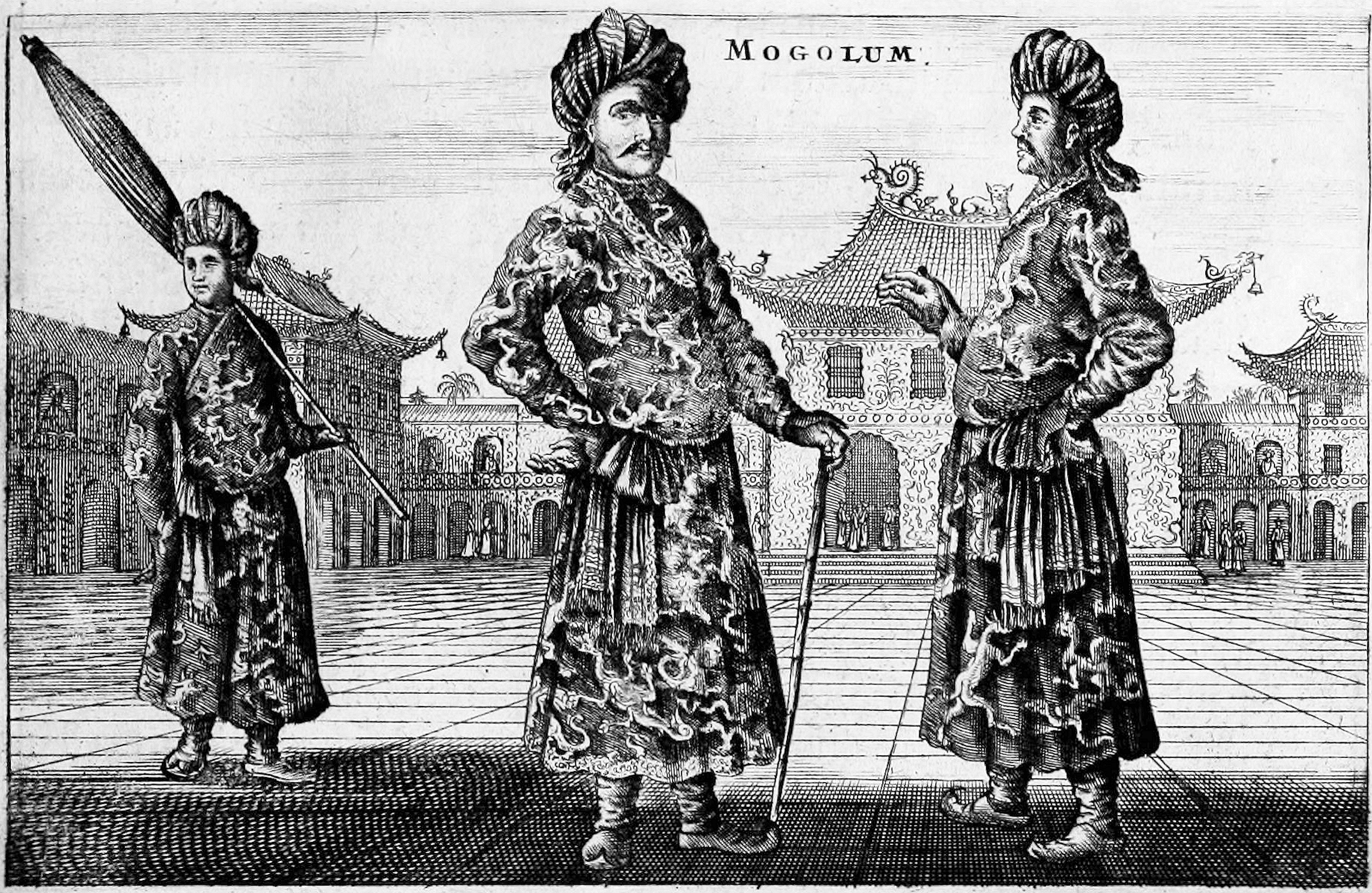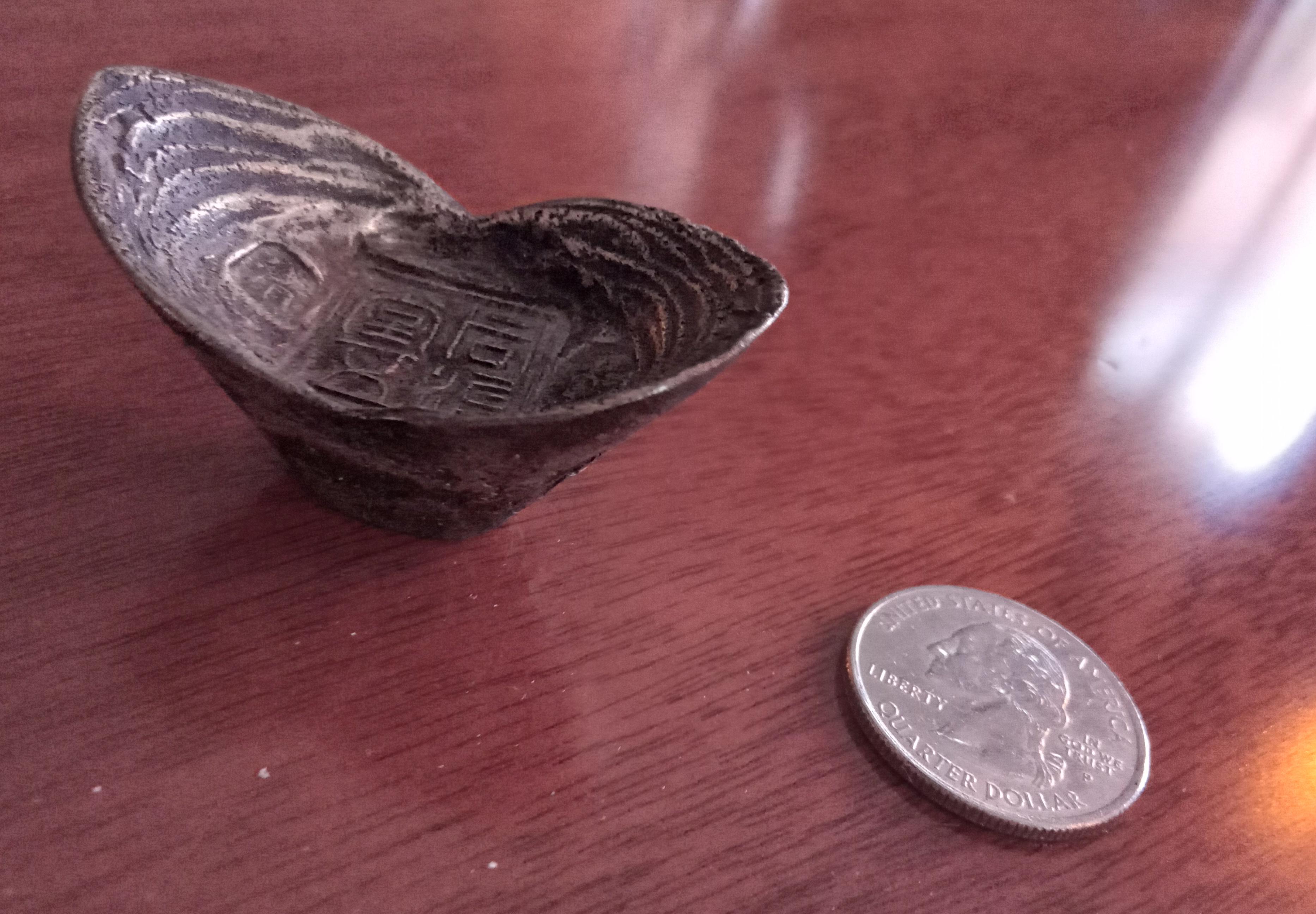|
Lhasa Riot Of 1750
The Lhasa riot of 1750 or Lhasa uprising of 1750 took place in the Tibetan capital Lhasa, and lasted several days during the period of the Qing dynasty's patronage in Tibet. The uprising began on 11 November 1750 after the expected new regent of Tibet, Gyurme Namgyal, was assassinated by two Chinese diplomats, or ambans. As a result, both ''ambans'' were murdered, and 51 Qing soldiers and 77 Chinese citizens were killed in the uprising. A year later the leader of the rebellion, Lobsang Trashi, and fourteen other rebels were executed by Qing officials. Origins of the riot Pholhanas, the regent of Tibet, died in February 1747, during his time in office the country had enjoyed a relatively tranquil period, still, he had had discords with the Dalai Lama and news of them had reached Beijing after 1745. The ambans had mediated some of these conflicts, but the relations between them remained tense. In 1746 the Dalai Lama secretly sent a mission to Beijing to complain to the Emp ... [...More Info...] [...Related Items...] OR: [Wikipedia] [Google] [Baidu] |
Tibet
Tibet (; ''Böd''; ), or Greater Tibet, is a region in the western part of East Asia, covering much of the Tibetan Plateau and spanning about . It is the homeland of the Tibetan people. Also resident on the plateau are other ethnic groups such as Mongols, Monpa people, Monpa, Tamang people, Tamang, Qiang people, Qiang, Sherpa people, Sherpa, Lhoba people, Lhoba, and since the 20th century Han Chinese and Hui people, Hui. Tibet is the highest region on Earth, with an average elevation of . Located in the Himalayas, the highest elevation in Tibet is Mount Everest, Earth's highest mountain, rising above sea level. The Tibetan Empire emerged in the 7th century. At its height in the 9th century, the Tibetan Empire extended far beyond the Tibetan Plateau, from the Tarim Basin and Pamirs in the west, to Yunnan and Bengal in the southeast. It then divided into a variety of territories. The bulk of western and central Tibet (Ü-Tsang) was often at least nominally unified under a ser ... [...More Info...] [...Related Items...] OR: [Wikipedia] [Google] [Baidu] |
7th Dalai Lama
The 7th Dalai Lama, Kelzang Gyatso (, also spelled Kalzang Gyatso, Kelsang Gyatso and Kezang Gyatso; 1708–1757), was recognized as the authentic 7th Dalai Lama of Tibet. He was seen as the true incarnation of the 6th Dalai Lama, and was enthroned after a pretender supported by the Koshut Khan was deposed. The 7th Dalai Lama was widely regarded as a great scholar, a prolific writer and a poet. His collected works run seven volumes and contain numerous commentaries, liturgical works as well as many religious poems. Early life Kelzang Gyatso was born in Lithang of Eastern Tibet or Kham, in the present-day Garzê Tibetan Autonomous Prefecture of present-day Sichuan province. At that time, the Dalai Lama's throne in Lhasa was occupied by Ngawang Yeshey Gyatso, who had been installed by Lha-bzang Khan as "the real 6th Dalai Lama" in place of Tsangyang Gyatso. Ngawang Yeshey Gyatso still held this position (though most Tibetans did not consider him to be a legitimate Dalai La ... [...More Info...] [...Related Items...] OR: [Wikipedia] [Google] [Baidu] |
Polhané Sönam Topgyé
Polhané Sönam Topgyé (; zh, t=頗羅鼐) (1689 – 12 March 1747) was one of the most important political personalities of Tibet in the first half of the 18th century. Between 1728 and 1747 he was effectively the ruling prince of Tibet and carried royal titles during the period of Qing rule of Tibet. He is known as an excellent administrator, a fearsome warrior and a grand strategist. After the troubled years under the reign of Lhazang Khan, the bloody invasion of Tsering Dhondup and the civil war, his government ushered in a relatively long period of stability and internal and external peace for Tibet. Family Polhané Sönam Topgyé was born in 1689 in Polha (Pho-lha) as the son of the general Pema Gyalpo and his wife Drolma Butri. His father was an experienced warrior who took part in the war against Ladakh in 1679-1684. He later participated in campaigns against Bhutan and Nepal. His forefathers were local officials in Tsang in the 17th century; his grandfather Asum was e ... [...More Info...] [...Related Items...] OR: [Wikipedia] [Google] [Baidu] |
Qianlong Emperor
The Qianlong Emperor (25 September 17117 February 1799), also known by his temple name Emperor Gaozong of Qing, personal name Hongli, was the fifth Emperor of China, emperor of the Qing dynasty and the fourth Qing emperor to rule over China proper. He reigned officially from 1735 until his abdication in 1796, but retained ultimate power subsequently until his death in 1799, making him one of the longest-reigning monarchs in history as well as one of the longest-lived. The fourth and favourite son of the Yongzheng Emperor, Qianlong ascended the throne in 1735. A highly ambitious military leader, he led Ten Great Campaigns, a series of campaigns into Inner Asia, Burma, Nepal and Vietnam and suppressed rebellions in Jinchuan County, Jinchuan and Taiwan. During his lifetime, he was given the deified title Emperor Manjushri by the Qing's Tibetan subjects. Domestically, Qianlong was a major patron of the arts as well as a prolific writer. He sponsored the compilation of the ''Siku Qu ... [...More Info...] [...Related Items...] OR: [Wikipedia] [Google] [Baidu] |
Luciano Petech
Luciano Petech (8 June 1914, Trieste – 29 September 2010, Rome) was an Italian scholar of Himalayan history and the early relations between Tibet, Nepal and Italy. He was Chair of History of Eastern Asia at the University of Rome from 1955 to 1984. He was a student of the Italian explorer, academic, and scholar Giuseppe Tucci. Luciano Petech was born in 1914 and retired in 1984. He learned several European languages, including Latin, as well as Asian languages such as Tibetan, Chinese, Japanese, Newari, Sanskrit, Arabic, Hindi and Urdu. Biography Petech began his teaching career in India at 25 years old, as a reader in Italian at the University of Allahabad from 1938 to 1946. His first recorded article is for the '' Calcutta Review'' in 1939. His subject was the dramas and stories of the great Italian author Luigi Pirandello, who had recently died two years after being awarded the Nobel Prize in Literature. He says “the people” in Italy had unfairly turned their backs ... [...More Info...] [...Related Items...] OR: [Wikipedia] [Google] [Baidu] |
Qinghai
Qinghai is an inland Provinces of China, province in Northwestern China. It is the largest provinces of China, province of China (excluding autonomous regions) by area and has the third smallest population. Its capital and largest city is Xining. Qinghai borders Gansu on the northeast, Xinjiang on the northwest, Sichuan on the southeast and the Tibet Autonomous Region on the southwest. Qinghai province was established in 1928 during the period of the Republic of China (1912–1949), Republic of China, and until 1949 was ruled by Hui people, Chinese Muslim warlords known as the Ma clique. The Chinese language, Chinese name "Qinghai" is after Qinghai Lake, the largest lake in China. The lake is known as Tso ngon in Tibetan, and as Kokonor Lake in English, derived from the Mongol Oirat language, Oirat name for Qinghai Lake. Both Tso ngon and Kokonor are names found in historic documents to describe the region.Gangchen Khishong, 2001. ''Tibet and Manchu: An Assessment of Tibet-Man ... [...More Info...] [...Related Items...] OR: [Wikipedia] [Google] [Baidu] |
Sichuan
Sichuan is a province in Southwestern China, occupying the Sichuan Basin and Tibetan Plateau—between the Jinsha River to the west, the Daba Mountains to the north, and the Yunnan–Guizhou Plateau to the south. Its capital city is Chengdu, and its population stands at 83 million. Sichuan neighbors Qinghai and Gansu to the north, Shaanxi and Chongqing to the east, Guizhou and Yunnan to the south, and Tibet to the west. During antiquity, Sichuan was home to the kingdoms of Ba and Shu until their incorporation by the Qin. During the Three Kingdoms era (220–280), Liu Bei's state of Shu was based in Sichuan. The area was devastated in the 17th century by Zhang Xianzhong's rebellion and the area's subsequent Manchu conquest, but recovered to become one of China's most productive areas by the 19th century. During World War II, Chongqing served as the temporary capital of the Republic of China, and was heavily bombed. It was one of the last mainland areas captured ... [...More Info...] [...Related Items...] OR: [Wikipedia] [Google] [Baidu] |
Shanxi
Shanxi; Chinese postal romanization, formerly romanised as Shansi is a Provinces of China, province in North China. Its capital and largest city of the province is Taiyuan, while its next most populated prefecture-level cities are Changzhi and Datong. Its one-character abbreviation is (), after the Jin (Chinese state), state of Jin that existed there during the Spring and Autumn period (). The name ''Shanxi'' means 'west of the mountains', a reference to its location west of the Taihang Mountains. Shanxi borders Hebei to the east, Henan to the south, Shaanxi to the west and Inner Mongolia to the north. Shanxi's terrain is characterised by a plateau bounded partly by mountain ranges. Shanxi's culture is largely dominated by the ethnic Han Chinese, Han majority, who make up over 99% of its population. Jin Chinese is considered by some linguists to be a distinct language from Mandarin and its geographical range covers most of Shanxi. Both Jin and Mandarin are spoken in Shanxi. ... [...More Info...] [...Related Items...] OR: [Wikipedia] [Google] [Baidu] |
Mongolia
Mongolia is a landlocked country in East Asia, bordered by Russia to the north and China to the south and southeast. It covers an area of , with a population of 3.5 million, making it the world's List of countries and dependencies by population density, most sparsely populated sovereign state. Mongolia is the world's largest landlocked country that does not border an Endorheic basin, inland sea, and much of its area is covered by grassy steppe, with mountains to the north and west and the Gobi Desert to the south. Ulaanbaatar, the capital and List of cities in Mongolia, largest city, is home to roughly half of the country's population. The territory of modern-day Mongolia has been ruled by various nomadic empires, including the Xiongnu, the Xianbei, the Rouran, the First Turkic Khaganate, the Second Turkic Khaganate, the Uyghur Khaganate and others. In 1206, Genghis Khan founded the Mongol Empire, which became the largest List of largest empires, contiguous land empire i ... [...More Info...] [...Related Items...] OR: [Wikipedia] [Google] [Baidu] |
Potala Palace
Potala Palace ( Tibetan: པོ་ཏ་ལ་ཕོ་བྲང Chinese: 布达拉宫) is the name of a museum in Lhasa, the capital of the Tibet Autonomous Region in China, built in the ''dzong''-style. It was previously a palace of the Tibetan sovereign, the Dalai Lama, and was the winter palace of the Dalai Lamas from 1649. In 1959 the Tibetan government ceased inhabitation when the buildings were seized by the People's Republic of China. The palace is named after Mount Potalaka, which within Buddhist thought is the mythical abode of the bodhisattva Avalokiteśvara. The 5th Dalai Lama made decree for its construction in 1645Laird, Thomas. (2006). ''The Story of Tibet: Conversations with the Dalai Lama'', pp. 175. Grove Press, New York. . with advice of Konchog Chophel the Thirty-Fifth Ganden Tripa of the monastical tradition of Tsongkhapa. The Potala is on ruins of the White or Red Palace, built by decree of Songtsen Gampo in 637. Built at an altitude o ... [...More Info...] [...Related Items...] OR: [Wikipedia] [Google] [Baidu] |
Tael
Tael ( ),"Tael" entry at the . or liang, also known as the tahil and by other names, can refer to any one of several measures used in and . It usually refer ... [...More Info...] [...Related Items...] OR: [Wikipedia] [Google] [Baidu] |








